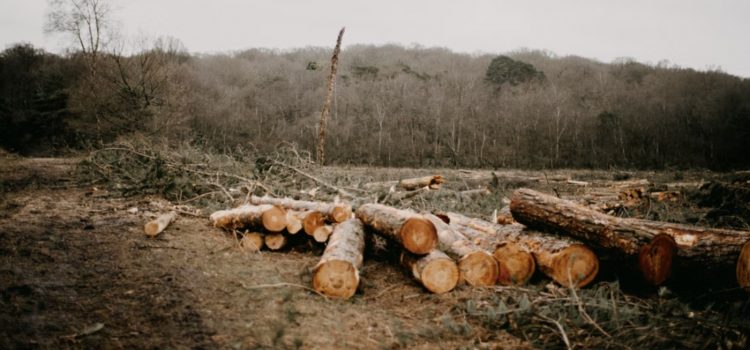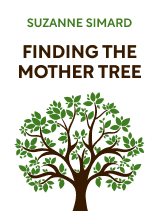

This article is an excerpt from the Shortform book guide to "Finding the Mother Tree" by Suzanne Simard. Shortform has the world's best summaries and analyses of books you should be reading.
Like this article? Sign up for a free trial here.
Why should we have sustainable forest management strategies? What do we need to do to have healthy forests?
Suzanne Simard’s research in Finding the Mother Tree has led to a shift in thinking about ecological relationships. She argues that in we need to create a sustainable forest management strategy to ensure the long-term health of trees.
Continue reading to learn why we need to change how we take care of forests.
A New Approach to Sustainable Forest Management
While Simard’s ideas have caught the public imagination, they’ve been resisted by the forestry establishment, as they challenge the long-held dominant paradigm of forests as spaces of competition. Simard argues that this paradigm must change if we are to have healthy forests and sustainable practices. She says it’s crucial to recognize the cooperation and interdependence that happens in forests because the long-term health of those forests depends on those relationships. By doing this, we can create a sustainable forest management strategy.
The theory that clear-cutting destroys the natural relationships between trees has been a sticking point with people who believe the idea of trees having relationships is an idealistic “hippie” notion, as Simard says her perspective has often been characterized.
Materialism vs. Animism
Much of the resistance to re-thinking relationships among trees is likely due to the “materialist” worldview that characterizes the Western scientific perspective. A materialist approach sees the natural world as mechanistic and unconscious, and this is how we’ve been socialized to understand the natural world. In contrast, the “animist” perspective that tends to underlie indigenous cultural worldviews sees everything in nature as conscious and interrelated. Even though many human cultures have held animist beliefs throughout all of human history, the modern scientific establishment tends to outright reject it, often characterizing such beliefs as primitive and irrational.
Robin Wall Kimmerer, a botanist, author of the best-selling book Braiding Sweetgrass, and member of the Potawatomi Nation describes an indigenous perspective on interacting with nature. She explains that the Potawatomi languages are based on a “grammar of animacy.” This means that those languages categorize everything into living and nonliving, and use word forms to indicate that. For example, one cannot speak of anything alive as “it.” Instead, everything in nature is addressed the same way your family is addressed. She says because they are our family. Kimmerer herself consistently uses “she” when referring to trees or sweetgrass. She says that this animacy is built into the entire language; you would also not use the same verb to describe an airplane flying that you’d use to describe a bird flying. One is living and one is nonliving, so those would be considered different actions.
Moving Toward a Long-Term Vision
Simard suggests that one of the reasons it’s been so difficult for people to accept her findings and a suggestion for a sustainable forest strategy is that they appear inconsistent with previous observations. She says this is because those observations have often been short-term, and forestry research requires a longer-term commitment.
Forest experimentation takes a very long time, Simard points out, because trees grow slowly, and they live far longer than researchers. The Forest Service and the logging industry are both invested in fast-growing trees so they can replenish clear-cuts as quickly as possible. But Simard says that the emphasis on “fast” has caused them to overlook important factors that occur over the longer timeline of forest growth.
Some of Simard’s research shows that cultivated trees in clear-cut plots fared better in their earlier stages of life. But later they declined in health, while the trees planted with companions outpaced them. In the past, policies were put into place based on those earlier observations, without awareness of the shifts that can happen later in the trees’ life cycle.
Simard explains that because forest growth is a long and slow process, researchers can use statistical models to predict future outcomes based on current data, so she had models made based on her research results. Those models show that forest growth declines with each successive clear-cut and re-planting. So one policy change she advocates for is a move toward a longer-term model for research.
Competition vs. Cooperation
Another reason Simard’s research and sustainable forest strategy suggestion have been so strongly resisted over time, she says, is simply the tenacity of the long-held competition model and the way it reflects the cultural perspective it grew out of. Competition for resources has been the prevailing paradigm for understanding nature throughout the history of modern Western science. In fact, it’s the predominant model for understanding all relationships, including those in human societies and economies.
Simard’s research suggests that competition is not the defining nature of the relationship between the trees and other plant life; the major dynamic is cooperation.

———End of Preview———
Like what you just read? Read the rest of the world's best book summary and analysis of Suzanne Simard's "Finding the Mother Tree" at Shortform.
Here's what you'll find in our full Finding the Mother Tree summary:
- A look at Suzanne Simard's research on the relationships among trees
- What a Mother Tree is, and how it takes care of its community
- How trees communicate in an interconnected, underground network






